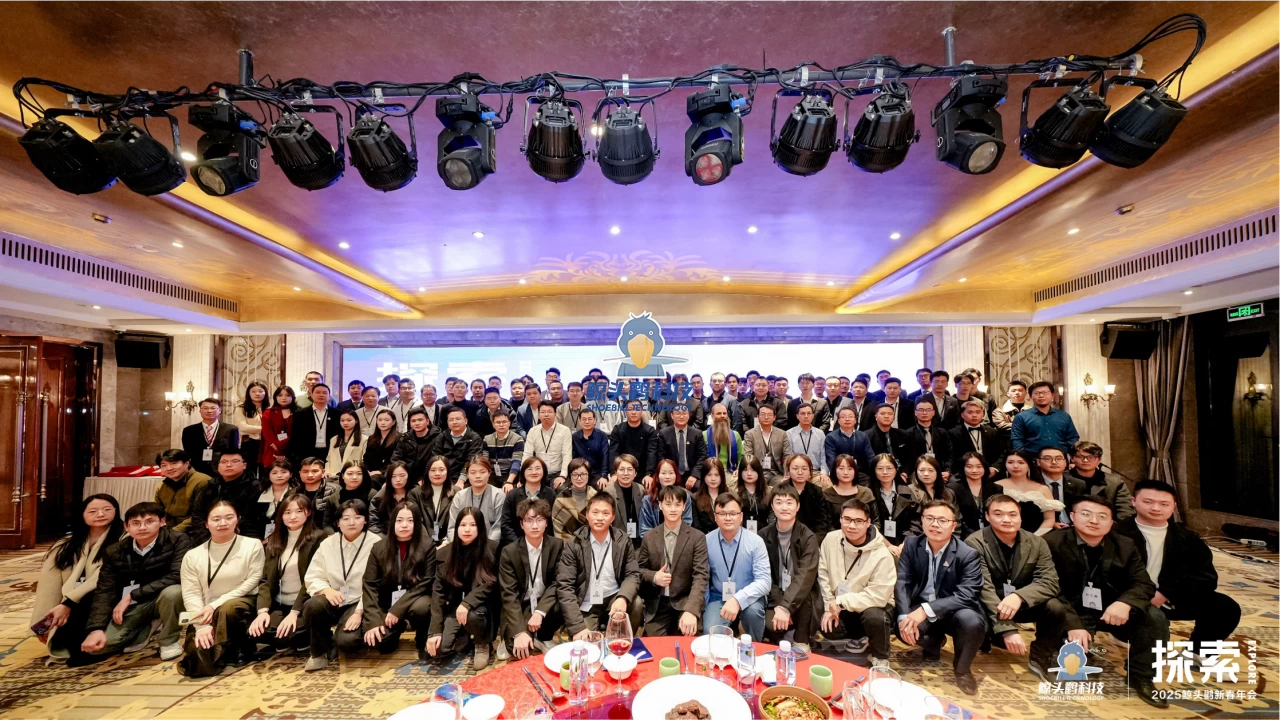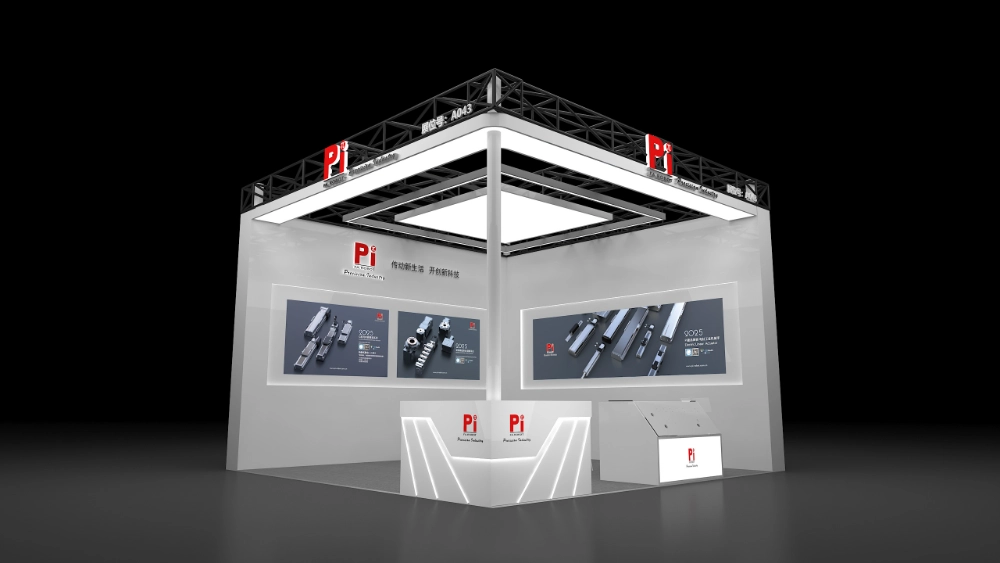In today's fast-paced business environment, the design and functionality of an office space play a crucial role in enhancing productivity and employee well-being. The right furniture not only contributes to the aesthetic appeal of an office but also supports the diverse needs of its occupants. This article delves into the various types of furniture typically found in an office setting, exploring their functions, benefits, and how they can be optimized for a productive work environment.
- Desks: The Heart of the Workspace
Types of Desks:
- Executive Desks: Often larger and more imposing, these desks are designed for managers and executives. They typically feature ample workspace and storage options, projecting authority and professionalism.
- Cubicle Desks: Common in open-plan offices, cubicle desks provide a semi-private workspace. They are often modular, allowing for easy reconfiguration as team sizes change.
- Standing Desks: With the growing awareness of health issues related to prolonged sitting, standing desks have gained popularity. They promote better posture and can be adjusted to suit individual preferences.
Benefits:
A well-designed desk can enhance focus and efficiency. Features such as cable management systems and integrated storage solutions help maintain a clutter-free environment, which is essential for productivity.
- Chairs: Comfort Meets Ergonomics
Types of Chairs:
- Ergonomic Chairs: These chairs are designed to support the natural curve of the spine, reducing the risk of musculoskeletal disorders. They often come with adjustable features such as seat height, lumbar support, and armrests.
- Task Chairs: Lightweight and versatile, task chairs are ideal for multi-purpose workspaces. They are usually less formal and can be easily moved around.
- Conference Chairs: Designed for meetings, these chairs prioritize comfort for extended periods of sitting. They often feature plush cushioning and a professional appearance.
Benefits:
Investing in high-quality office chairs can significantly impact employee comfort and productivity. Ergonomic chairs, in particular, can reduce fatigue and improve concentration, leading to better work outcomes.
- Storage Solutions: Organizing the Workspace
Types of Storage:
- Filing Cabinets: Essential for maintaining organized records, filing cabinets come in various sizes and configurations. They can be vertical or lateral, depending on the space available.
- Bookshelves: Not only do bookshelves provide storage for books and reference materials, but they can also serve as decorative elements in the office.
- Mobile Carts: These versatile storage solutions can be easily moved around the office, providing additional space for supplies or equipment as needed.
Benefits:
Effective storage solutions help minimize clutter, making it easier for employees to find what they need quickly. A well-organized workspace can enhance focus and efficiency, contributing to a more productive environment.
- Collaborative Furniture: Fostering Teamwork
Types of Collaborative Furniture:
- Conference Tables: These large tables are designed for meetings and brainstorming sessions. They encourage collaboration and can be equipped with technology for presentations.
- Breakout Areas: Furnished with comfortable seating and informal tables, these areas provide a space for employees to relax and engage in casual discussions.
- Whiteboards and Pinboards: Essential for brainstorming sessions, these tools facilitate idea sharing and visual collaboration.
Benefits:
Collaborative furniture encourages teamwork and communication among employees. By providing spaces for both formal and informal interactions, businesses can foster a culture of collaboration and innovation.
- Aesthetic Elements: Enhancing the Office Environment
Types of Aesthetic Furniture:
- Accent Chairs and Sofas: These pieces add a touch of style and comfort to the office, creating inviting spaces for relaxation or informal meetings.
- Art and Decor: While not traditional furniture, art pieces and decorative elements contribute to the overall ambiance of the office, making it a more enjoyable place to work.
Benefits:
A well-decorated office can boost employee morale and create a positive impression on clients and visitors. Aesthetic elements can also reflect the company’s brand and values, reinforcing its identity.
Conclusion
The furniture in an office is more than just functional; it plays a vital role in shaping the workplace culture and enhancing productivity. By carefully selecting and arranging desks, chairs, storage solutions, collaborative furniture, and aesthetic elements, businesses can create an environment that supports their employees' needs and fosters a culture of innovation and teamwork. Investing in quality office furniture is not merely a matter of comfort; it is a strategic decision that can lead to improved performance and employee satisfaction. As the workplace continues to evolve, so too should our approach to office design, ensuring that it remains conducive to the dynamic nature of modern work.


